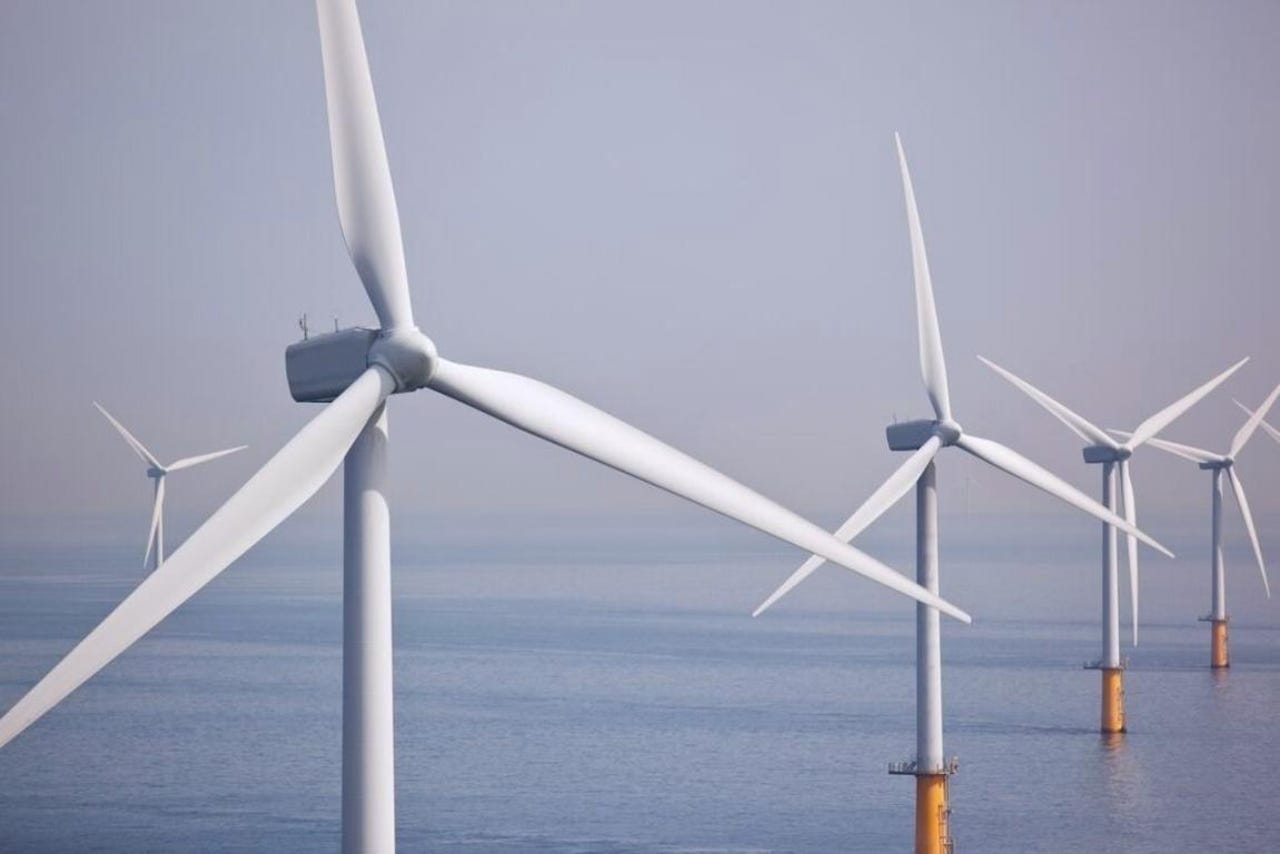Amazon unveils its largest single renewable energy project ever


Amazon is committed to achieving 100% renewable energy by 2030.
Amazon is investing in the company's largest renewable energy project to date, in the form of a European offshore wind farm located just under 20 kilometers off the coast of the Netherlands.
The retail-to-cloud-computing giant is co-investing in the project alongside a consortium made up of energy giants Shell and Eneco, and will be purchasing over half of the farm's total capacity. Scheduled for operation by 2023, the plant is expected to generate 3.3 TWh per year; enough renewable power to supply more than one million Dutch households with green electricity.
Innovation
Ramping up the company's investments in renewable power falls in line with Amazon's commitment to achieving 100% renewable energy by 2030, which was announced when the e-tailer launched a "Climate Pledge" in 2019. Amazon says it is now on path to reach this goal five years early, by 2025.
SEE: IT Data Center Green Energy Policy (TechRepublic Premium)
The promise of "100% renewable energy" is a common pledge among big tech companies; in fact, Google, Microsoft, Apple and Facebook have all committed to a similar objective. This means that every year, those companies aim to buy as much renewable energy as they have consumed in their facilities – and has prompted, in the past years, a rush towards purchasing huge amounts of renewable power from all over the world.
Google previously made headlines for buying as much electricity in one year from solar and wind sources as is consumed by the whole state of Rhode Island; and the search giant, for a few years, has been the largest corporate purchaser of renewable energy.
The title was recently grabbed by Amazon. Last December, the company announced a series of new utility-scale wind and solar energy projects, bringing the company's total supply of renewable energy to 18 million MWh of power produced per year. "These new projects will make the company the largest-ever corporate purchaser of renewable energy," said Amazon at the time.
While companies often purchase wind and solar energy from the same electricity grids that power their facilities, that is not to say that the renewable energy that they buy is directly used to provide electricity for their operations. In other words, matching yearly consumption of electricity with purchases of renewable power is different to locally powering every data center, office or warehouse with carbon-free electricity at every hour of the day.
Solar or wind sources of energy provide electricity intermittently, meaning that when the sun isn't shining or the wind blowing, alternative sources of energy have to be found – and they are often carbon-based.
To remedy this problem, scientists are working on electricity storage solutions. "Adding more renewable energy to the grid is not going to be the entire solution to the problem," Stuart Adler, researcher in energy storage at the Clean Energy Institute from the University of Washington, tells ZDNet. "In places like California, for example, there is even over-capacity, meaning that there is so much solar energy during the day that capacity isn't used and vast amounts are actually wasted."
"Energy storage is a huge component of this. It's about how to take intermittent renewable energies like wind and solar that now have mature supply chains, and actually leverage the benefit from that," he continues.
Part of Amazon's latest investment will also be dedicated to advancing research in energy storage technologies. The offshore wind farm in the Netherlands will be exploring various new techniques to store power. They include a floating solar park, short-term battery storage, optimally tuned turbines and the production of green hydrogen.
SEE: AWS is opening yet another cloud computing region
Green hydrogen can be produced from excess renewable energy thanks to a process called electrolysis, which enables large quantities of electricity to be stored for extended periods of time with pollutant-free byproducts. Although extremely promising, the technology that is used throughout the process is still in its infancy.
"In this project, the consortium has proposed a number of unique innovations for the wind farm including technology demonstrations that could be implemented at full scale in the future," said Amazon. "In addition, this project offers the opportunity to demonstrate the combinations of these measures to ensure a continuous power supply regardless of wind conditions."
On top of its promise to achieve 100% renewable power in the next decade, Amazon has also committed to be net-zero carbon by 2040, ten years before the deadline set in the Paris Agreement. This means that the company's emissions will be balanced out by efforts to remove carbon from the atmosphere.